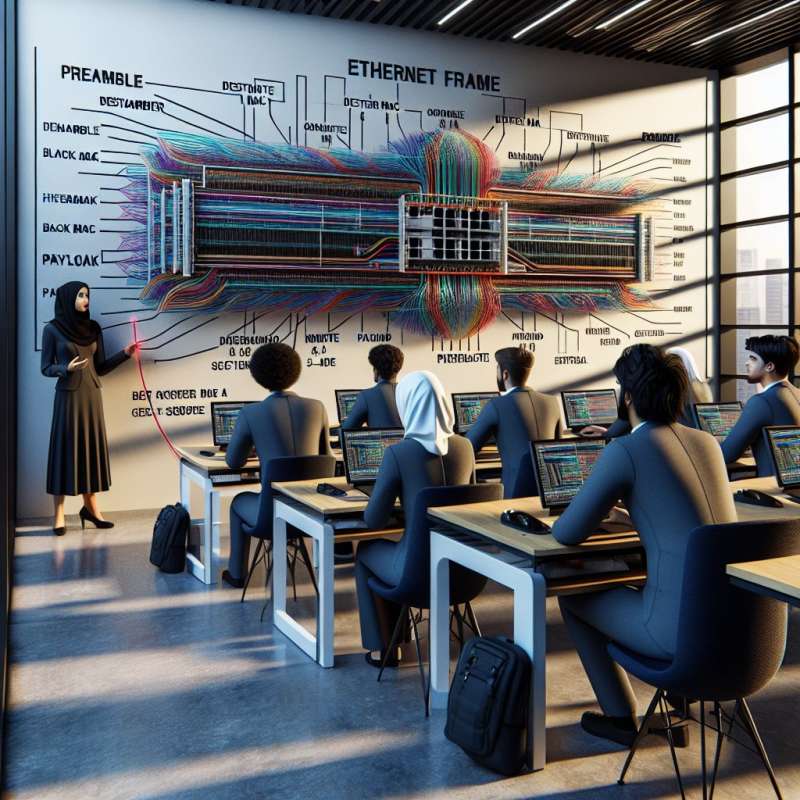
What is Ethernet?
Ethernet is a family of networking technologies for local area networks (LANs). Patented in 1973, it defines wiring and signaling standards for the physical layer of the OSI model.
Understanding IP Addresses
An Internet Protocol (IP) address is a unique identifier for devices on a network. It operates at the network layer and directs packets to their destinations using a two-part system: network and host addresses.
Ethernet Frame Structure
Ethernet data is packaged into frames. Each frame contains a preamble, destination and source MAC addresses, EtherType, payload, and a frame check sequence for error checking.
Collision Detection: CSMA/CD
Ethernet uses Carrier Sense Multiple Access with Collision Detection (CSMA/CD) to manage simultaneous communications, preventing data collisions on shared transmission mediums.
Ethernet Speed Evolution
Ethernet speeds have grown from an initial 2.94 megabits per second (Mbps) to the modern 10, 40, 100, and even 400 gigabits per second (Gbps) standards.
Full-Duplex Ethernet
Full-duplex Ethernet allows for simultaneous bidirectional data transmission, doubling potential throughput and eliminating the need for CSMA/CD by using dedicated switch ports.
Power Over Ethernet (PoE)
PoE technology enables Ethernet cables to carry electrical power, along with data, to devices such as VoIP phones and security cameras, simplifying cabling and reducing installation costs.
When was Ethernet technology patented?
In 1983
In 1973
In 1963
Company